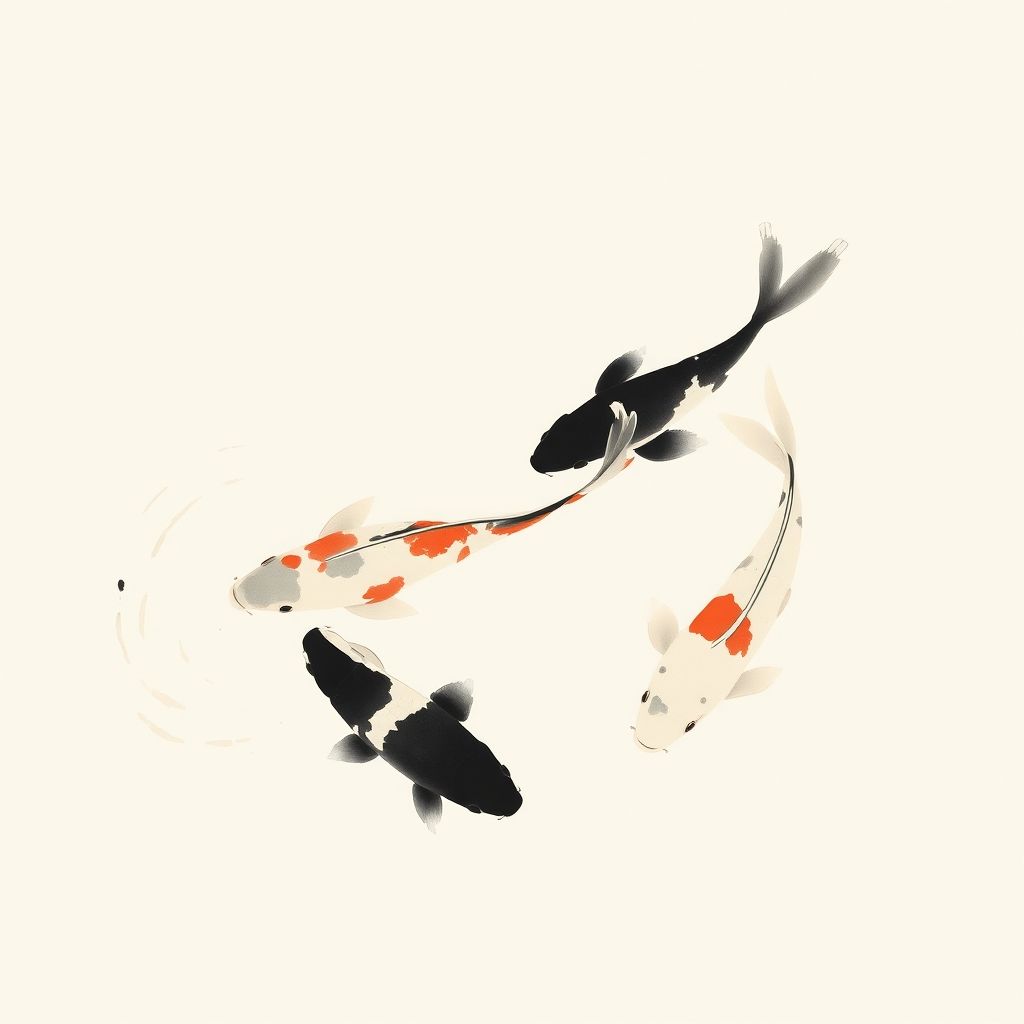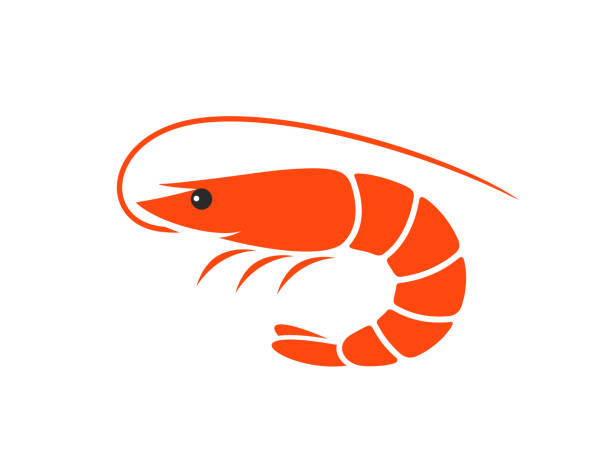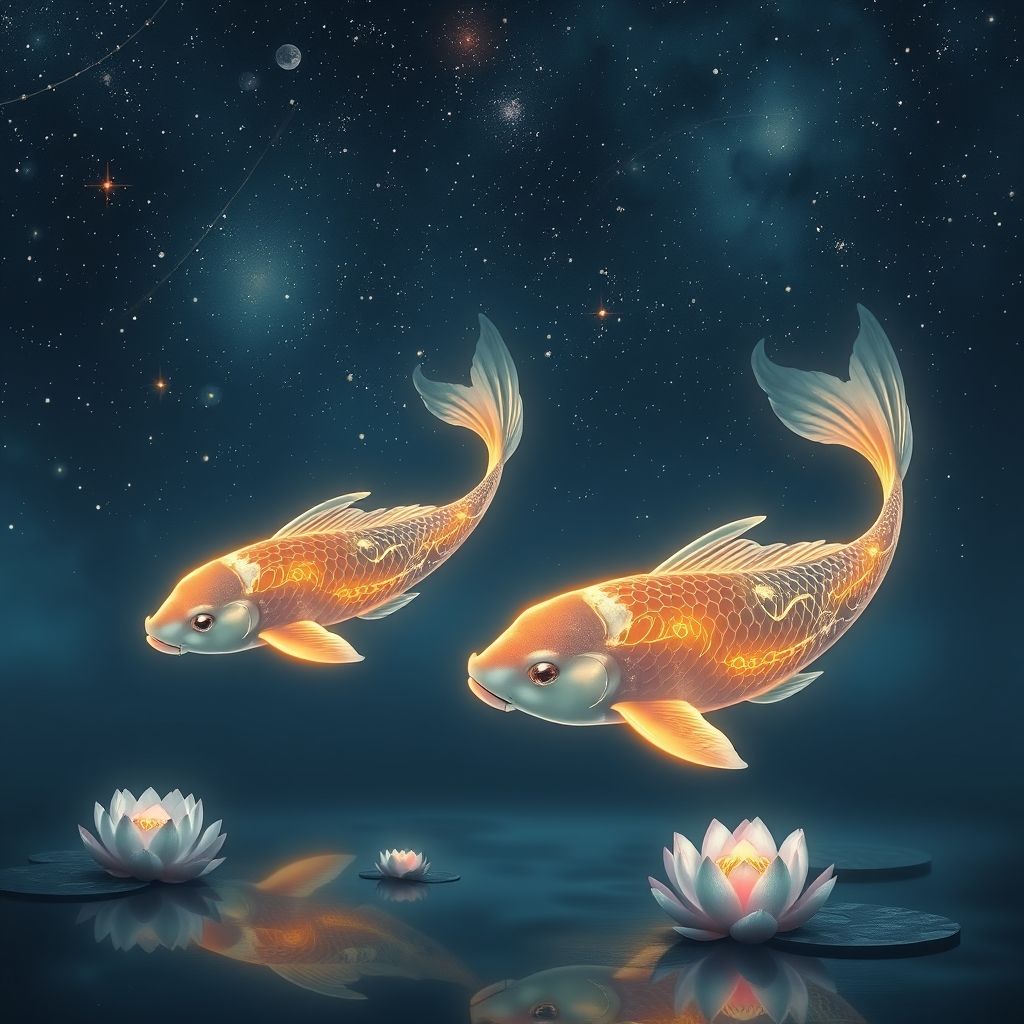In recent years, artificial intelligence (AI) has forcefully entered the world of graphic design and digital printing. Technology that just a decade ago was reserved for specialized laboratories and academic environments is now an integral part of the daily work of designers and printers. From intelligent image generators, through automated layouts, to advanced color correction—AI opens new possibilities but also raises difficult questions about the boundaries of creativity and creative autonomy.
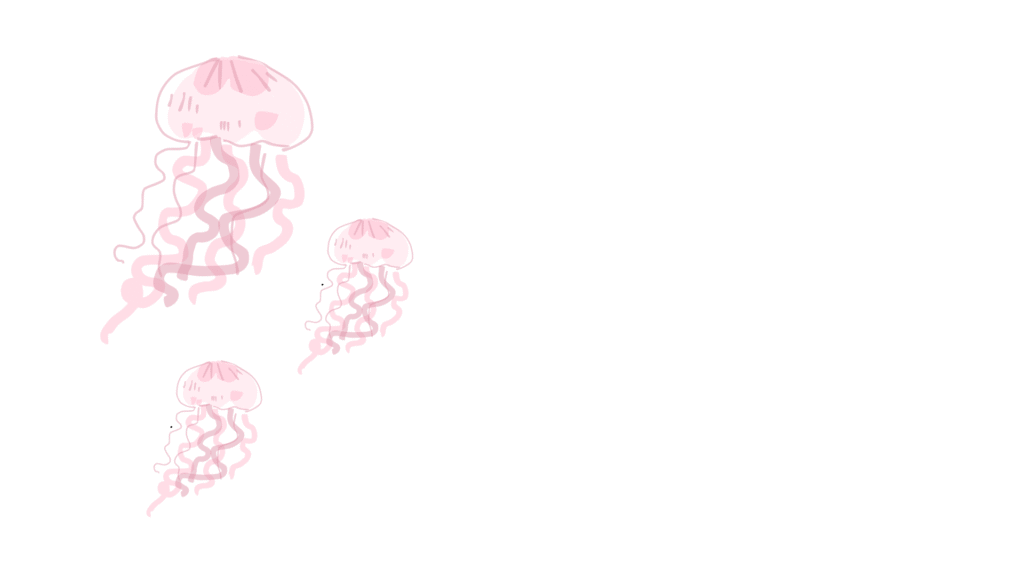

A group of graphic designers and printing specialists prepared this article to bring both enthusiasts and professionals closer to the real impact of AI on designing and producing digital materials. The aim is not only to present tools and solutions but also to offer a deeper reflection on whether AI supports creativity or perhaps threatens it.
AI as a Tool: A New Set of Brushes for the Digital Artist
Artificial intelligence has introduced a revolutionary set of tools that extend the creative capabilities of graphic designers and digital artists. Far from replacing human creativity, AI acts as an enhancer, providing new ways to experiment with form, color, and composition. This shift is akin to the introduction of photography or digital editing decades ago—transformative, yet collaborative.
AI-powered applications enable rapid prototyping, inspire novel design directions, and automate repetitive or technical tasks. As a result, designers can focus more on conceptual work and storytelling, while AI handles complex computations or drafts preliminary visuals. This partnership between human intuition and machine efficiency is redefining the creative workflow in graphic design and printing.
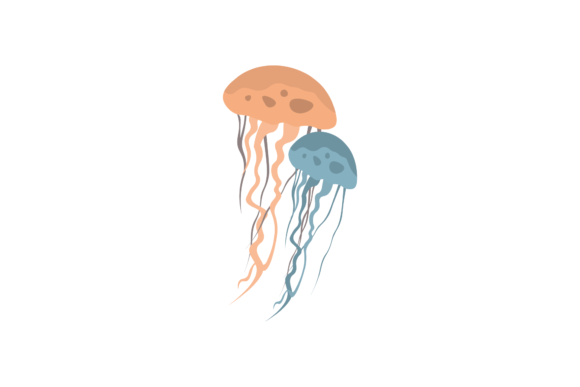
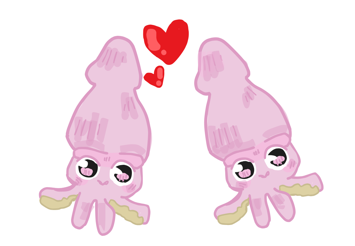
One of the most spectacular applications of AI in graphic design is image generators such as Midjourney, DALL·E, Stable Diffusion, or Adobe Firefly. They allow the creation of realistic or stylized images based on textual commands (so-called prompts). Thanks to this, a designer no longer needs to manually draw every illustration—they can describe what they want to achieve, and the algorithm generates a base for further work.
These generators are used in:
Creating conceptual sketches (mood boards)
Illustrations for publications and advertising campaigns
Packaging prototypes, posters, and social media graphics
Artistic experiments and digital art
Tools such as Canva, Adobe Sensei, or Designs.ai use AI to create intuitive graphic layouts. The user selects the style, content, and project goal, and the system proposes ready-made layout templates that can be quickly adapted to client needs.
For designers, this means:
Time savings on repetitive projects
The possibility to scale projects (e.g., multiple versions of the same ad)
Greater accessibility of tools for less experienced creators

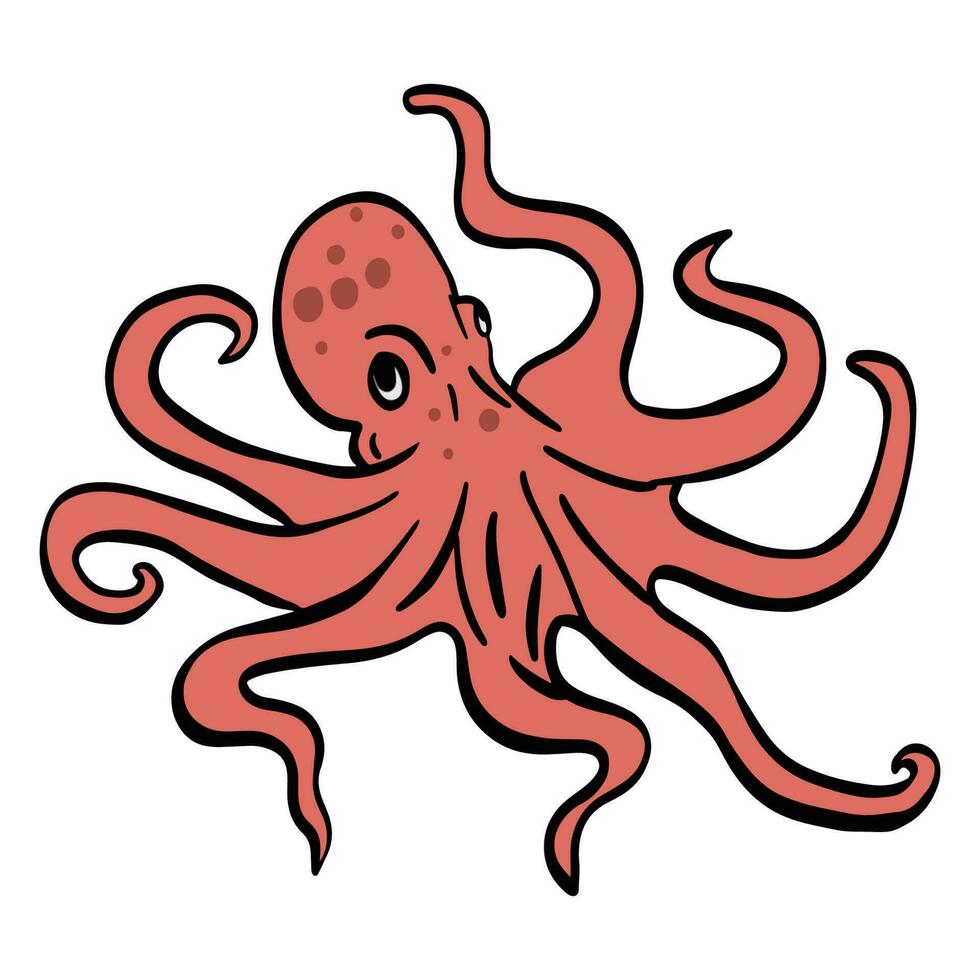
In digital printing, AI plays an equally important role. Prepress software like Heidelberg Prinect, EFI Fiery, or HP PrintOS uses AI algorithms for:
Automatic color correction
Recognizing and removing errors in files
Optimizing the placement of elements on the sheet (imposition)
Predicting printer machine failures
All of this leads to improved production efficiency, waste reduction, and lower operating costs.
In advertising agencies, AI is used to create campaigns in record time. Systems such as ChatGPT with image capabilities, RunwayML, or Lumen5 help generate coherent marketing materials—from texts, through graphics, to videos.
AI:
Analyzes target groups and suggests communication styles
Creates graphic variants for different platforms
Helps maintain visual consistency throughout the campaign
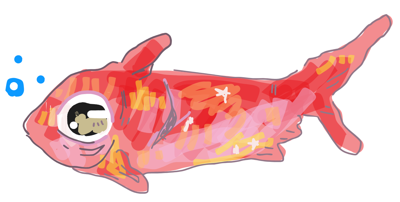
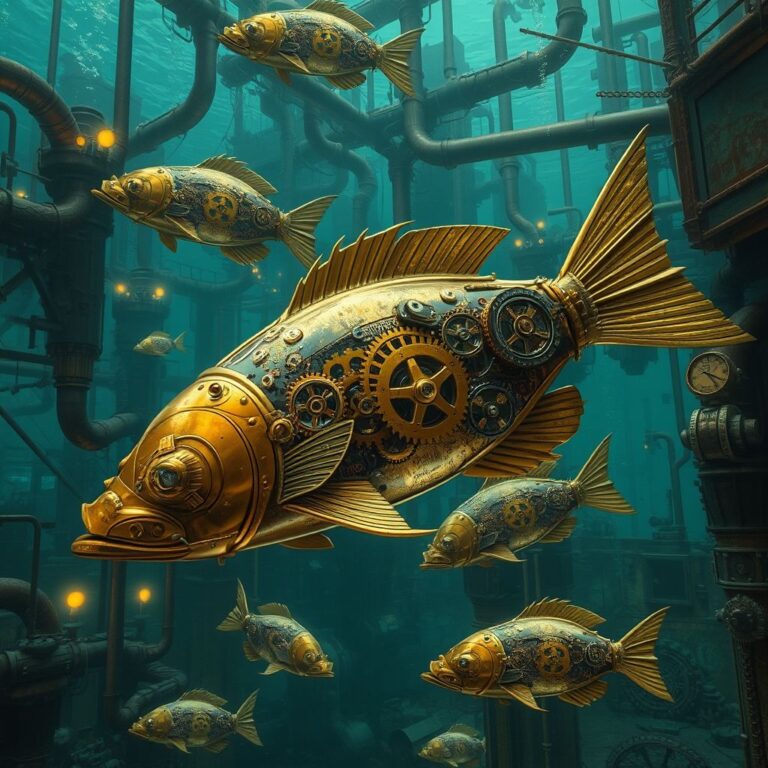
Thanks to AI, deep personalization of printed materials is possible—e.g., posters, catalogs, leaflets, and even packaging. The system can analyze client data and based on that create unique versions of the product.
This is called mass personalization, where each recipient receives a product tailored to their preferences, and the entire process is fully automated.
AI is increasingly used in user interface design as well. Tools such as Uizard, Framer AI, or Magician for Figma analyze user data and propose page layouts that maximize conversion, usability, and visual appeal.
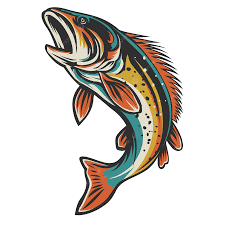
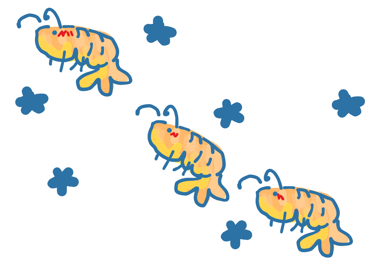
AI provides powerful tools that speed up repetitive tasks and inspire new creative directions, allowing designers to focus on ideas and concepts. However, true creativity involves human intuition, emotion, and cultural context—things AI can’t fully replicate.
There’s a risk that overusing AI might lead to uniform designs and diminish originality. The future lies in collaboration, where AI generates ideas and humans guide and refine them with critical judgment and ethical awareness.
Creativity is evolving into a partnership between humans and machines, combining the best of both to push design forward.
For many designers, AI is like an extra pair of hands that performs tedious tasks, leaving more space for creativity. Thanks to automation:
Designers can move faster from idea to prototype
It is easier to test alternative versions of a project (iteration)
It is possible to create things that were previously beyond technical or time limits
AI inspires, suggests solutions, and teaches new aesthetics. It often acts as a creative partner that surprises with unusual associations and allows one to look at a problem from a different perspective.
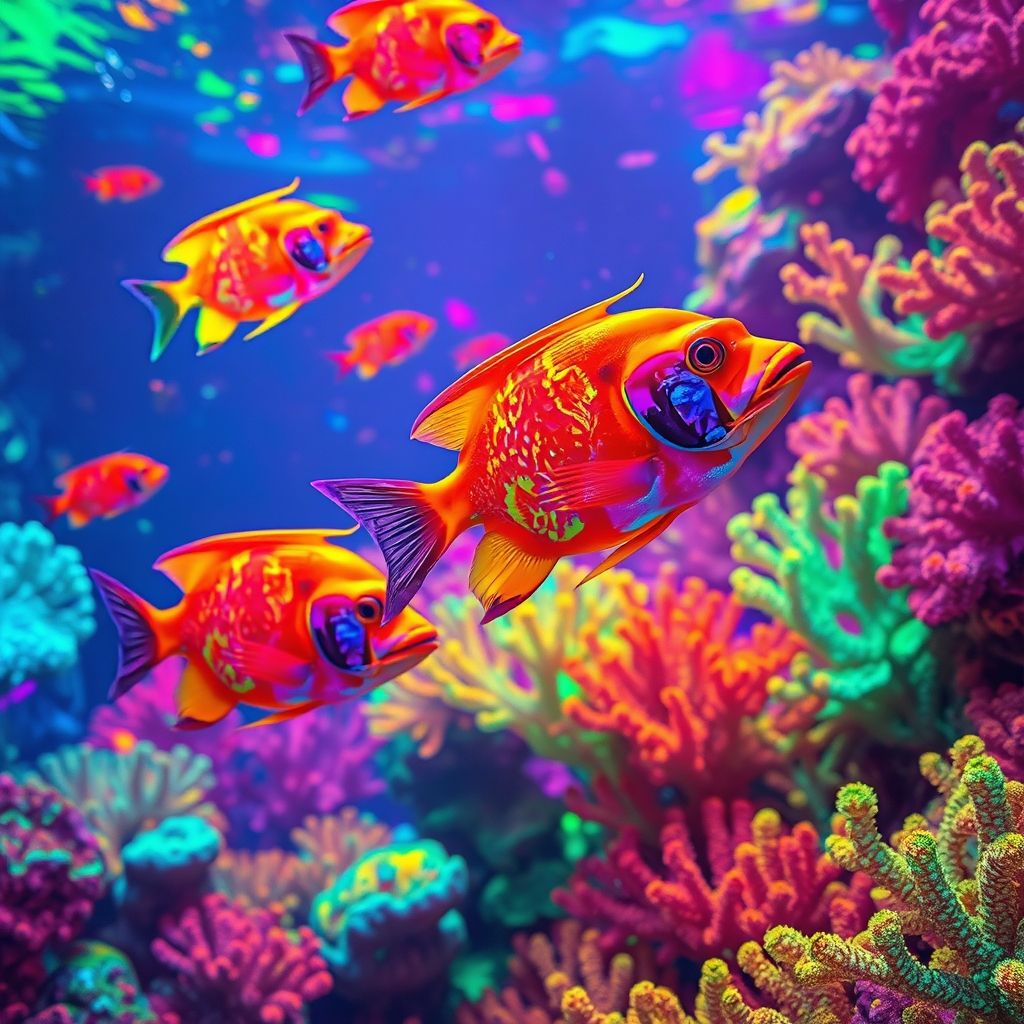
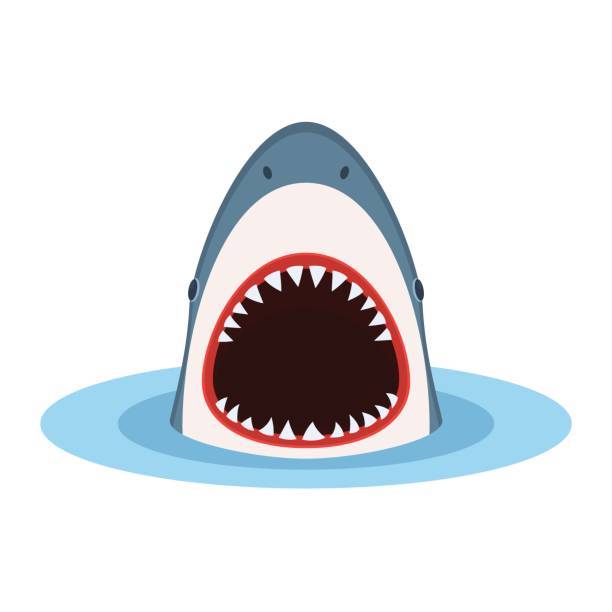
On the other hand, many creators fear that automation leads to aesthetic uniformity. If everyone uses the same tools and prompts, projects start to look similar. Moreover:
It is easy to become dependent on ready-made templates
Algorithms often reinforce the most common trends (filter bubble)
There may be a devaluation of the designer’s work (clients choose cheaper, automated solutions)
The question arises: who is the author of a work created by AI? The prompt creator? The algorithm? Or maybe no one?
Graphic design and printing have always balanced between art and craft. AI may disturb this balance. On one hand—it enables scaling of work and lowering costs. On the other—it may cause unique approaches to be replaced by soulless production.
Can creativity be automated? Or perhaps the greatest value of designers in the future will be not performing tasks but the ability to ask AI the right questions?
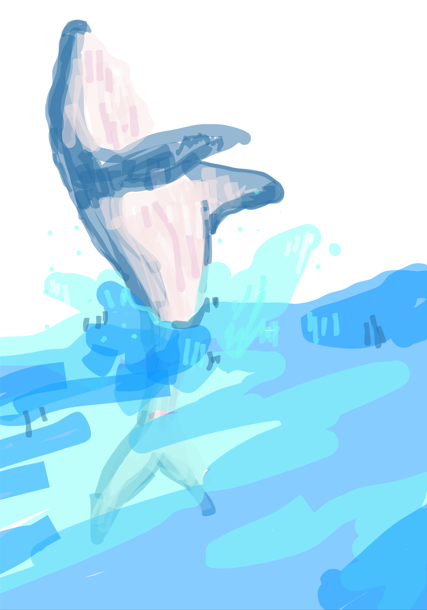
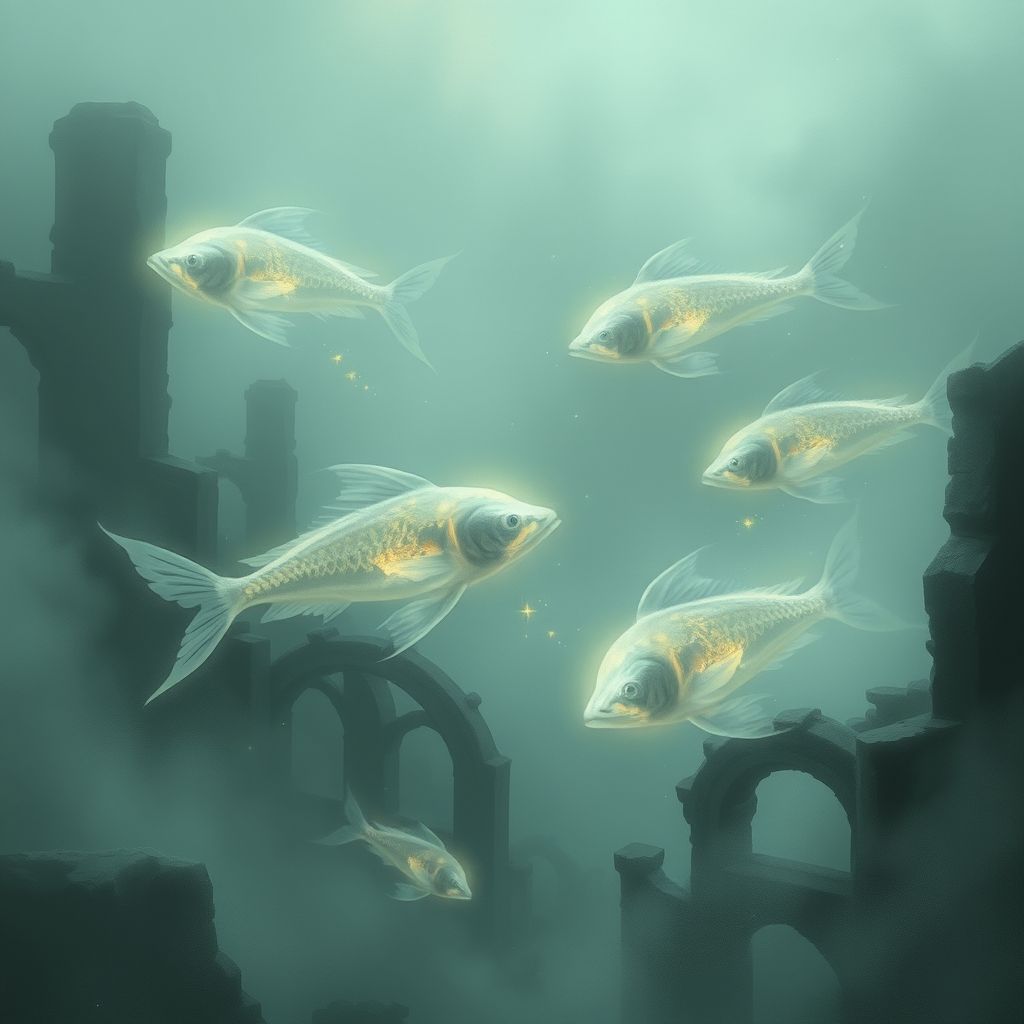
Copyright and Ethics
One of the most important challenges related to AI in design is intellectual property. Is an image generated by DALL·E an original work? Can it be sold as a commercial illustration? What if the generated graphic resembles an existing work by another creator?
New Skills and Education
Designers will have to know the basics of prompt engineering, understand how generative models work, and be able to interpret user data and results generated by design support systems.
“AI is like an assistant to me. It takes care of simple things, and I can focus on what is truly creative.” — Monika
“I’m not afraid of AI. I’m afraid of people who mindlessly copy what the algorithm generated instead of creating something of their own.” — Tomasz
“At the print shop, we use AI mainly for color correction and machine management. It’s a huge time and material saver.” — Rafał
“The biggest challenge? Convincing clients that working with AI still requires an expert.” — Anna
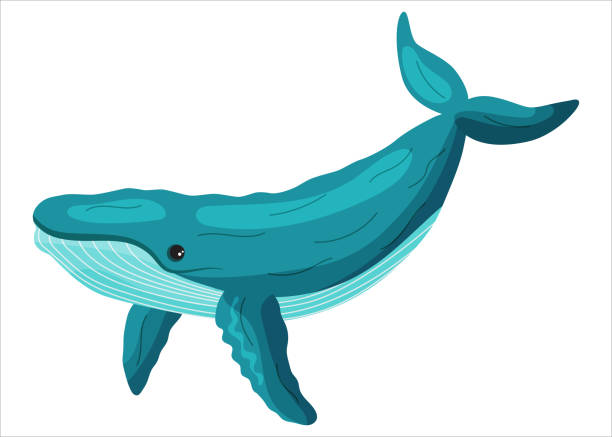
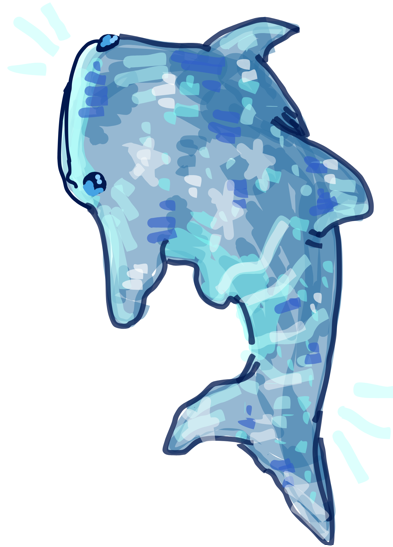
AI in graphic design and digital printing is neither enemy nor savior. It is a tool—powerful, flexible, but requiring responsible use.
AI will not take away jobs from designers. But it will force them to be even more creative.
The future of the creative industry does not depend on algorithms. It depends on our ability to combine art, technology, and values that give projects true meaning.
While AI brings innovative tools and workflows, the integration with traditional design methods remains crucial. Many designers emphasize that AI should complement, not replace, foundational skills such as hand sketching, color theory, and typography.
Combining AI’s speed and generative capabilities with human intuition and craftsmanship creates richer, more authentic designs. For example, starting with a hand-drawn concept and refining it through AI-driven iterations can yield unique results that neither method could achieve alone.
This hybrid approach fosters a balanced creative process where technology serves as an enabler rather than a dictator of style or form.
